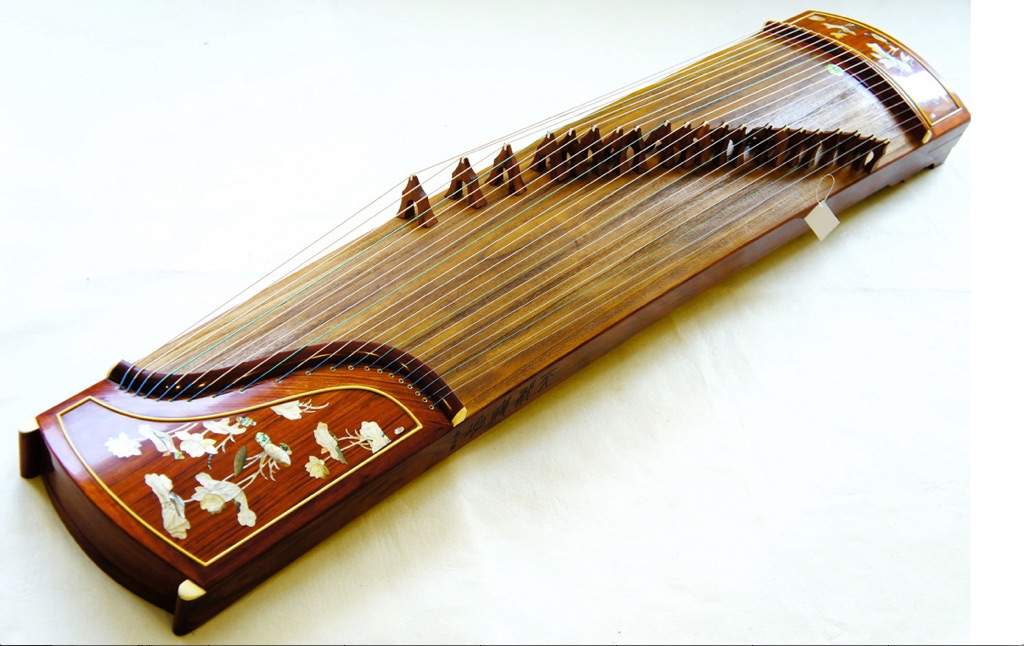
The koto of the chikuso was made for the Tsukushigato tradition and only for blind men. In one part of The Tale of Genji, the titular character falls deeply in love with a mysterious woman whom he has never seen before, after hearing her playing the koto from a distance. According to Japanese literature, the koto was used as imagery and other extra music significance. Some literary and historical records indicate that solo pieces for koto existed centuries before sōkyoku, the music of the solo koto genre, was established. It was a popular instrument among the wealthy the instrument koto was considered a romantic one. The modern koto originates from the gakusō used in Japanese court music ( gagaku). The azumagoto or yamatogoto was called the wagon, the kin no koto was called the kin, and the sau no koto ( sau being an older pronunciation of 箏) was called the sō or koto. As the number of different stringed instruments in Japan grew, the once-basic definition of koto could not describe the wide variety of these instruments and so the meanings changed. When the koto was first imported to Japan, the native word koto was a generic term for any and all Japanese stringed instruments. This variety of instrument came in two basic forms, a zither that had bridges and a zither without bridges.Īn 1878 depiction by Settei Hasegawa of a woman playing the koto The Japanese koto belongs to the Asian zither family that also comprises the Chinese zheng (ancestral to the other zithers in the family), the Korean gayageum, and the Vietnamese đàn tranh.

The first known version had five strings, which eventually increased to seven strings. It was first introduced to Japan from China in the 7th and 8th century. The ancestor of the koto was the Chinese guzheng. The four types of koto ( gakuso, chikuso, zokuso, tagenso) were all created by different subcultures, but also adapted to change the playing style. Variations of the instrument were eventually created, and eventually a few of them would become the standard variations for modern day koto. The term koto appears in the Kojiki in reference to an ancient string instrument in this usage. When read as kin, it indicates the Chinese instrument guqin. However, 琴 ( koto) is the general term for all string instruments in the Japanese language, including instruments such as the kin no koto, sō no koto, yamato-goto, wagon, nanagen-kin, and so on. The application is currently under development, and we look forward to receiving your feedback to the application become better.The character for koto is 箏, although 琴 is often used. Play with 650,000+ song from music songbooks Supports a wide variety of keyboard instruments (midi file) (Piano, Grand Piano, Pipe Organ, Harpsichord, Accordion, Electric Guitar, Harp, Cello Pizzicato, Guzheng, Nylon Guitar, Plucked String, Music Box, Sitar, Xylophone, Harp, Vibes, Clarinet, Ukulele, Brass, Thai Bells, Tabbla, Dizi, Banjo, Flute, Saxophone, Cellto, Hamonica, Trumpet, Violin, Panpipe, Maracas, Tuba, Dulcimer, Kalimba.) Connect with real Koto with Koto detector notes (Note Recognizer) from micro To play the instrument, the strings are plucked using three finger picks (thumb, index finger, and middle finger). Players can adjust the string pitches by moving the white bridges before playing. They have 13 strings that are usually strung over 13 movable bridges along the width of the instrument.

Koto are about 180 centimetres (71 in) length, and made from kiri wood (Paulownia tomentosa). The koto is the national instrument of Japan. The koto (Japanese: 箏) is a Japanese stringed musical instrument derived from the Chinese zheng, and similar to the Mongolian yatga, the Korean gayageum, and the Vietnamese đàn tranh.


 0 kommentar(er)
0 kommentar(er)
